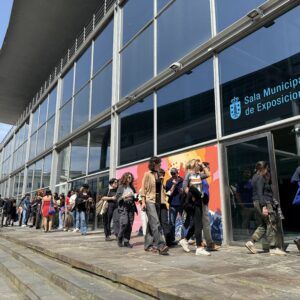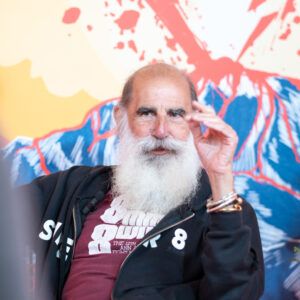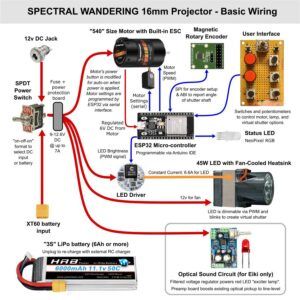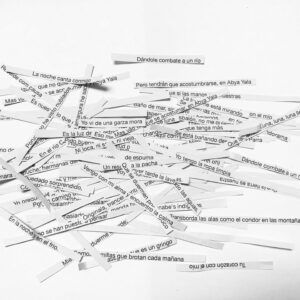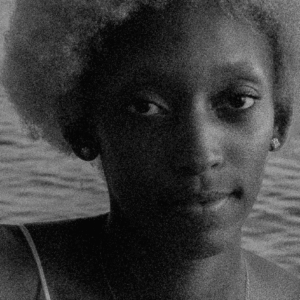The second session dedicated to Sternberg’s work covers another of her feature films, Midst (1997). Below is part of the interview that the filmmaker Mike Hoolboom (who has done significant work documenting experimental cinema) did with her about her films in the 90s.
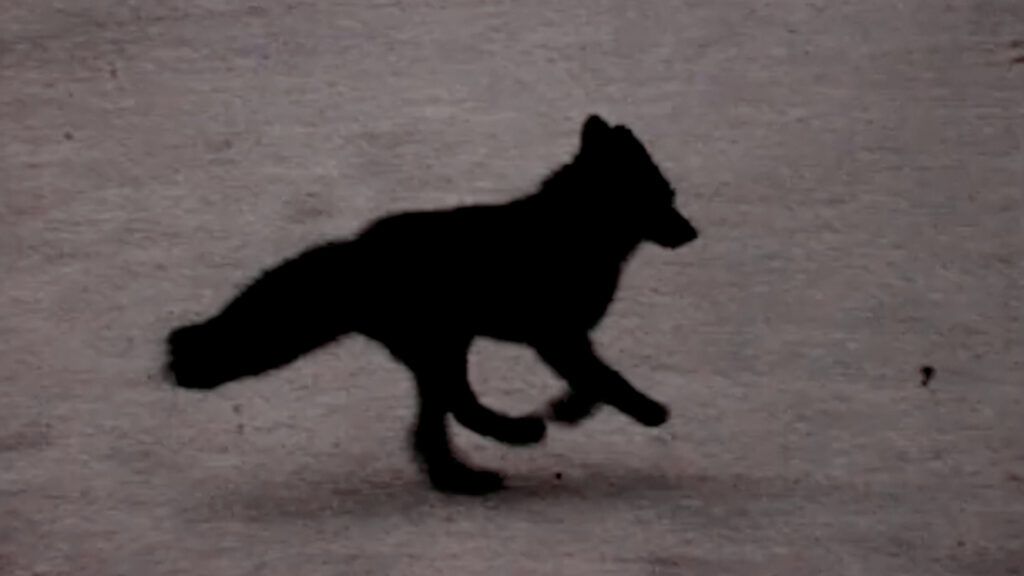
Mike Hoolboom: Tell me about midst.
Barbara Sternberg: midst is about seeing and light as energy. It was a reaction to the previous two films. I wanted to focus more on the formal or material properties of film.
MH: Why is that valuable?
BS: It may be important, even desirable, after the period of political work that’s been championed. Work dealing with presence and seeing has been ignored. Abstraction has been considered self-indulgent or old-fashioned. But our understanding is deeper than language. For me it’s not either/or. The politics in my films have been grounded in here and now particulars.
MH: The film is silent.
BS: That came partly out of my appreciation as a viewer of Brakhage’s silent films, this beam of light connecting you directly and powerfully to the screen. Language activates a different part of the mind, distancing viewer and image. So I decided in midst the challenge is yes, Virginia Woolf made wonderful books, but they don’t have to be in my film! I can trust the images alone.
MH: How did you structure the film?
BS: One basis is an art history of colour and perception revisited through film and video. It begins with a painter speaking. Though we don’t hear the words, we see his hands moving, and his work. Then he paints directly on film, showing three primary colours on clear leader. The following section acts out Goethe’s colour theory. He says that the red robes of a Cardinal will appear differently in sunlight and shadow, it washes out or darkens. Seen against different backgrounds, even the same swatch of material changes. Is the colour objective or subjective? How do we know red? Memory tinges events, images fade. Our perception of the world shifts with our frame of reference, when seen through different filters, different lights. The world accumulates meaning through this multiplicity.
The mid-section of the film is the most abstract. I was thinking of Cezanne, father of Abstraction, whose landscapes were composed of patches of related colours. I shot farm fields in super-8, then, at the Experimental Television Centre in New York, added new colours to the footage, artificial colours that don’t exist except in video circuitry. The frame is fragmented with multiple images forming an abstracted landscape which vibrates and pulses with light.
Then the film moves to the beach with repeating shots in changing (video) colours. Repetition is a feature in all my films because it’s how we experience life. Each summer suggests summers past, all summers. The minute you dive into the water it’s like every time that’s ever happened. There are kids playing in the water, a close-up of hands rubbing, a woman swimming. Many find the woman swimming entrancing, calming… It’s here the film comes out of its abstracted self into a more emotional or narrative mode.
Finally the video passages end and turn into film. We see flowers, bright vibrant colours in a flicking camera motion, so you just have to be present with it. There’s nothing to think about, you’re just with this liveliness.
The film ends in black and white, as it began. White is all light, black is the absence of light. The imagery is superimposed waves on a beach and then a man’s chest breathing. Sources of life. How can we say where we stop and the world begins? Breath connects us physically—the space in us to the space outside—doesn’t it?
As usual I had trouble with the title! At one point Rae Davis suggested “Belonging” which fit but perhaps told people how they were supposed to see the film. The word “midst” came from Agnes Martin, a minimalist painter whose writings I related to strongly. One of her essays was called “In the midst of reality responding with joy.” Hence midst. In the middle temporally and spatially. In it, not looking on from a distance. Contiguity. Connectedness. Silence.

